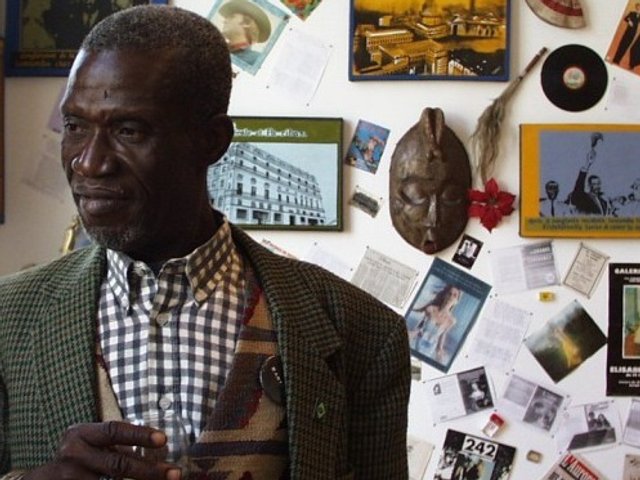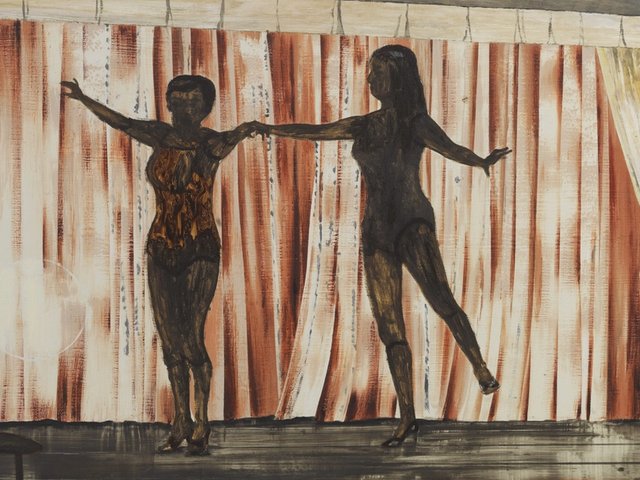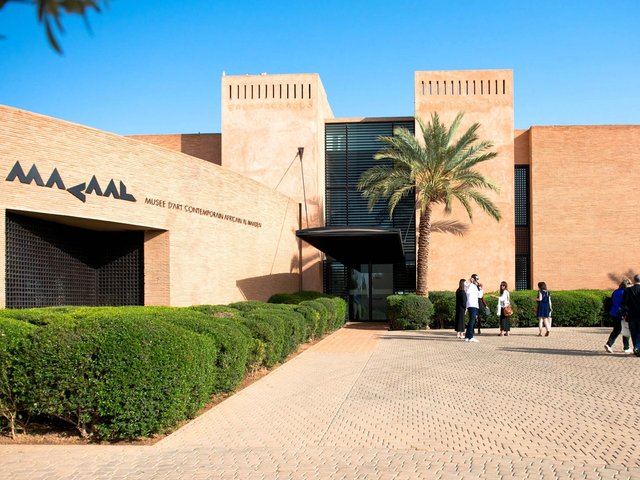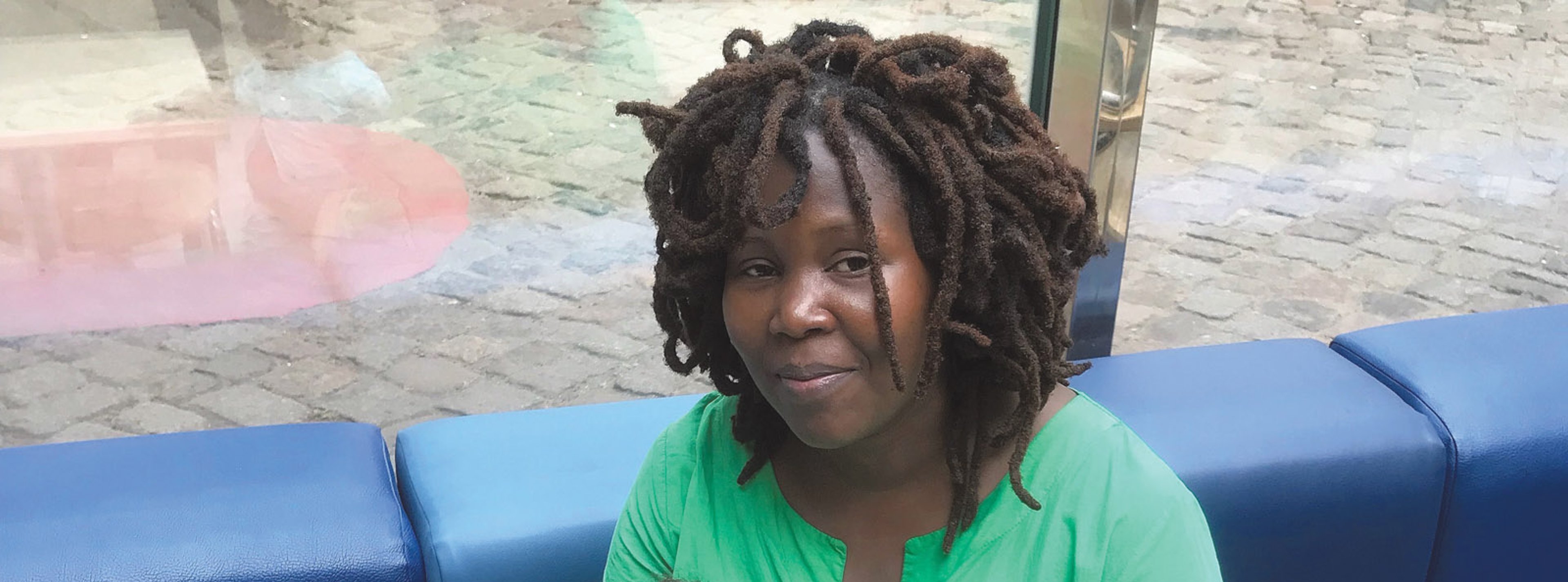
Virginia Chihota (b. 1983), Tiwani Contemporary, London: Chihota calls her practice a “reflection on self-discovery in constantly changing circumstances”. The Zimbabwe-born artist, now based in Montenegro, has also lived in Libya, Tunisia and Austria. Chihota’s very personal works, which often use folkloric and religious symbolism, explore black female subjectivity and deal with themes such as grief, child-bearing and faith. In the series of large monoprints she is showing at the fair, Kumira Mutariro (Waiting in Faith), female bodies are semi-abstracted in colourful patterns and forms, some becoming womb-like. Photo: courtesy of Tiwani Contemporary
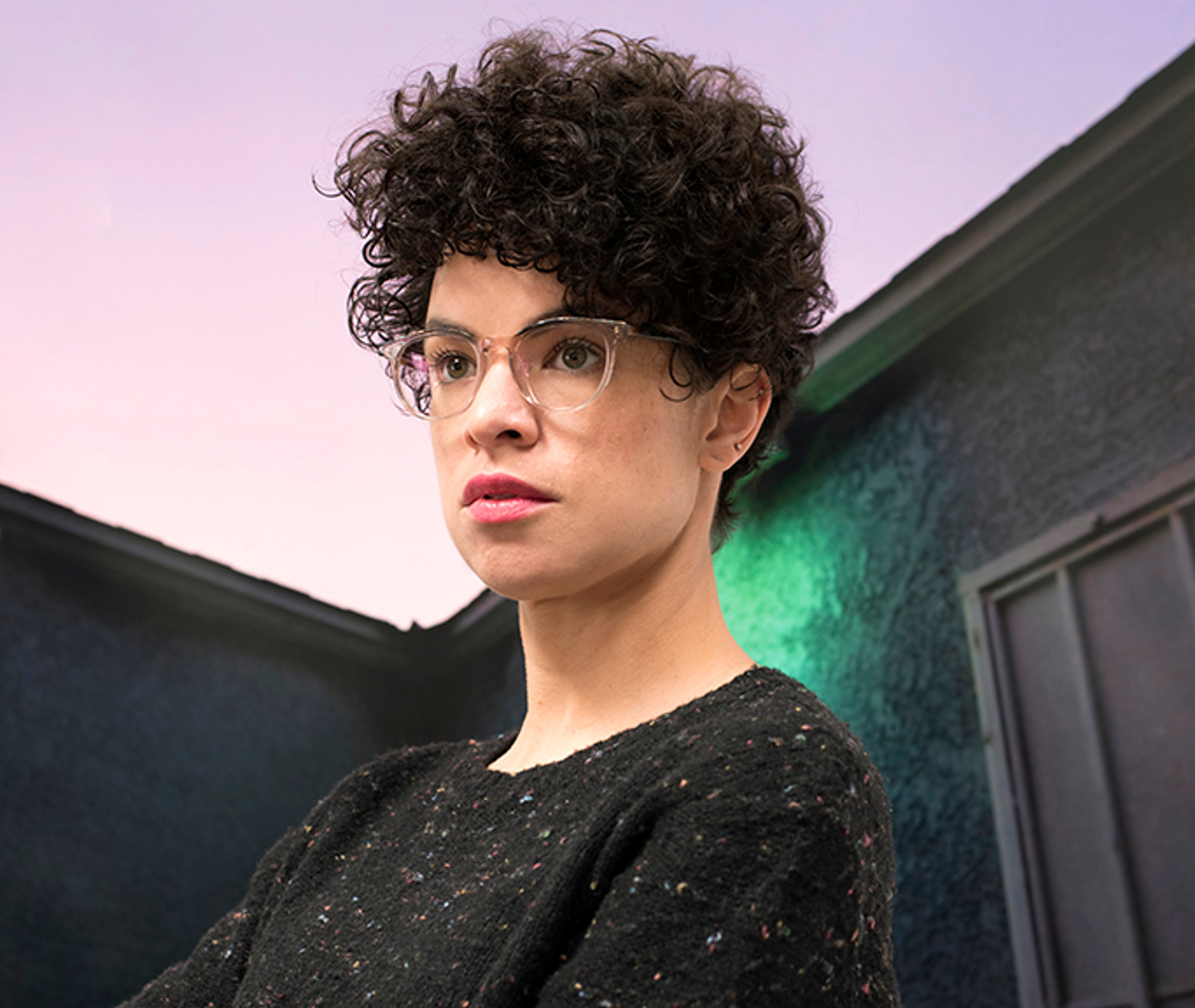
Sadie Barnette (b. 1984) Charlie James Gallery, Los Angeles: The Oakland-born and based artist Sadie Barnette calls her work, which overlaps the personal and the political in sculpture, painting and photography, “abstraction in service of everyday magic and survival in America”. She is known for her ongoing use of FBI surveillance files on her father, who founded the Compton chapter of the Black Panthers, as material. The gallery exhibits recent work such as sculptural speakers “candy-coated” with pink holographic car paint and archival prints from family photos, such as a snapshot of children that in retrograde is a reminder of the death of young African-American men. Courtesy of the artist
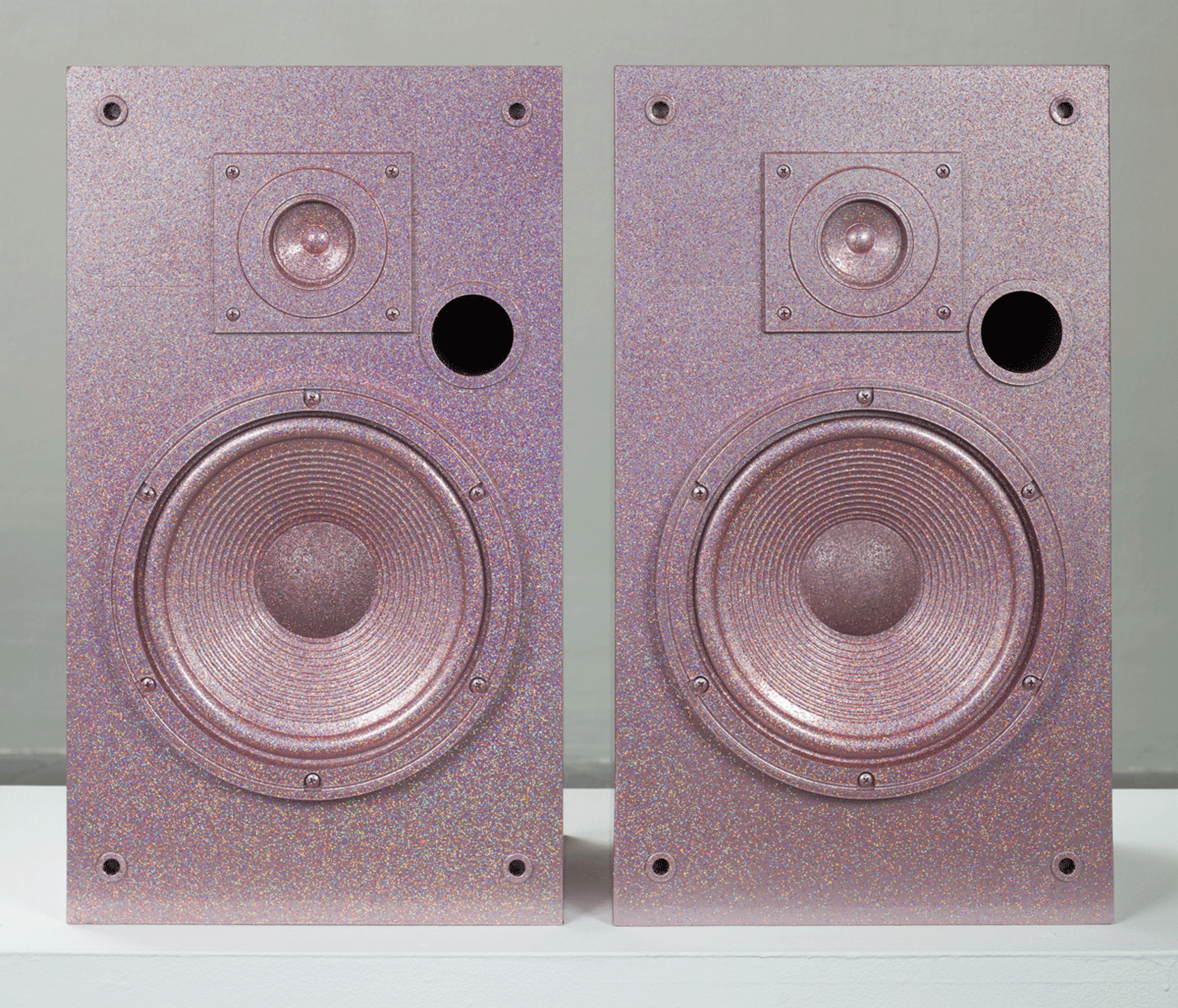
Sadie Barnette, Untitled (Large Speakers) (2018) Courtesy of the artist and Charlie James Gallery. Photo: Michael Underwood
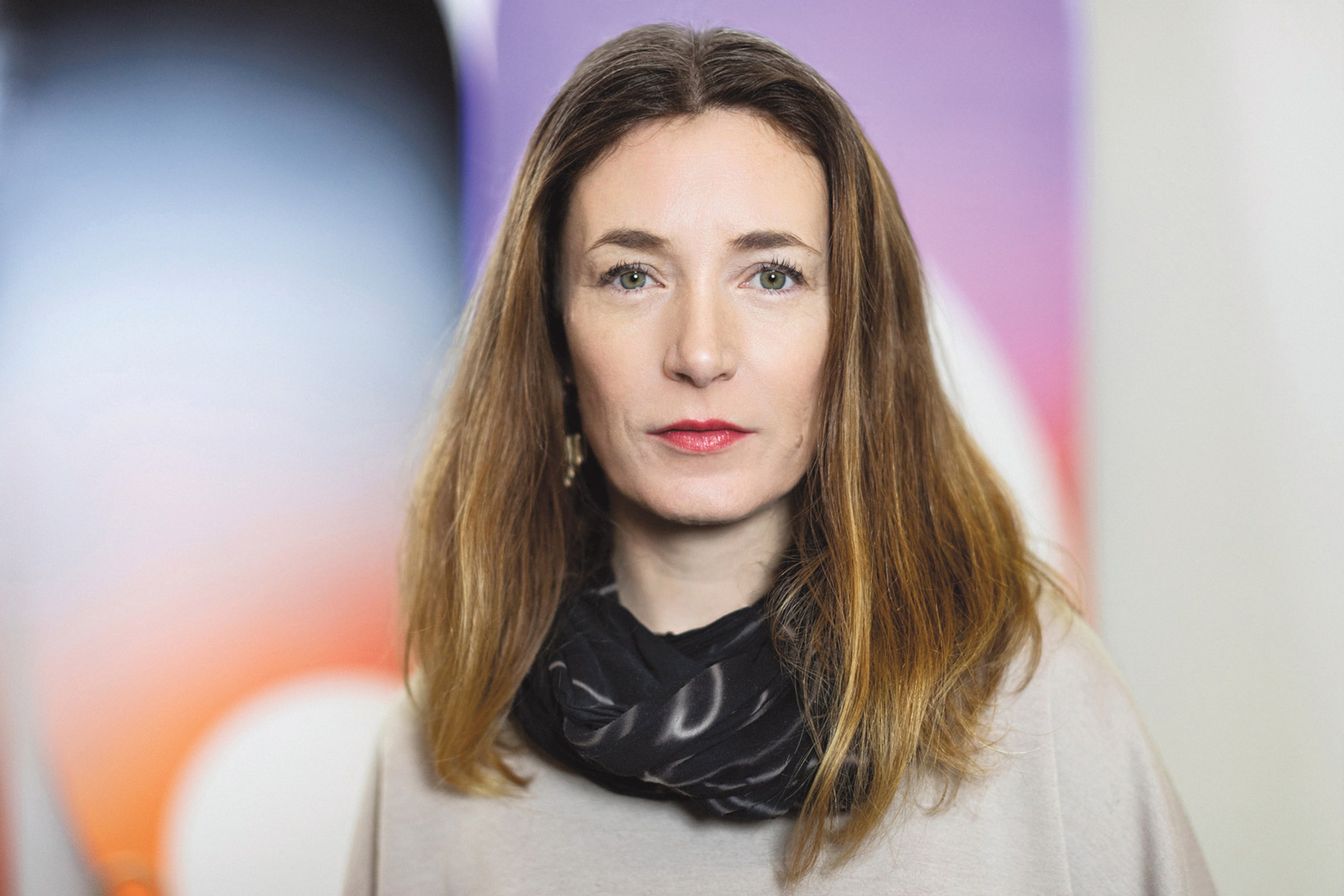
Grit Richter (b. 1977), Galerie Tanja Wagner, Berlin: The Dresden-born, Hamburg-based painter, sculptor and installation artist—who also produces experimental electronic music—“shifts between abstraction and figuration to search for ways to visualise the aesthetic parables of our inner world, exploring the alliance of the conscious and unconscious”, says the gallery partner Paulina Chrzanowska. In this solo presentation, Richter’s work ranges from pieces made with neon lights to vibrant psychedelic paintings on canvases that she bleaches to create varying effects. Photo: courtesy of Galerie Tanja Wagner
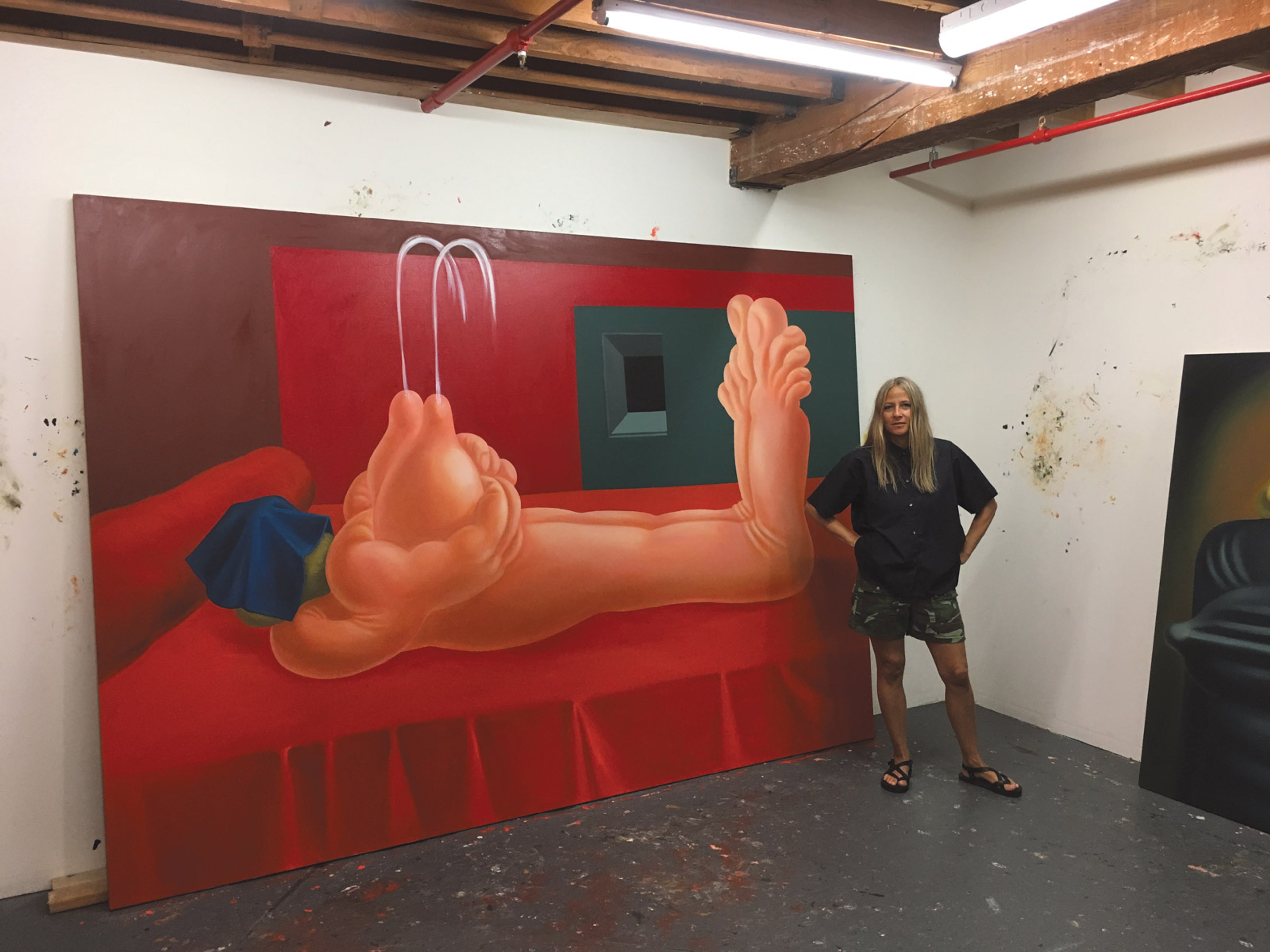
Louise Bonnet (b. 1970), Nino Mier Gallery, Los Angeles: Bonnet’s cartoonlike characters with grotesque bulbous noses, writhing toes and fingers or spraying breasts create a surreal atmosphere and palpable tension. Even while crowding the lifescale-size canvas, they give the viewer very little information; notable is the absence of eyes, the gallery observes. “Boobs are weird. Testicles are weird,” the artist says. “And yet they define us. What I really like is when our bodies betray us.” Photo: courtesy of Adam Silverman
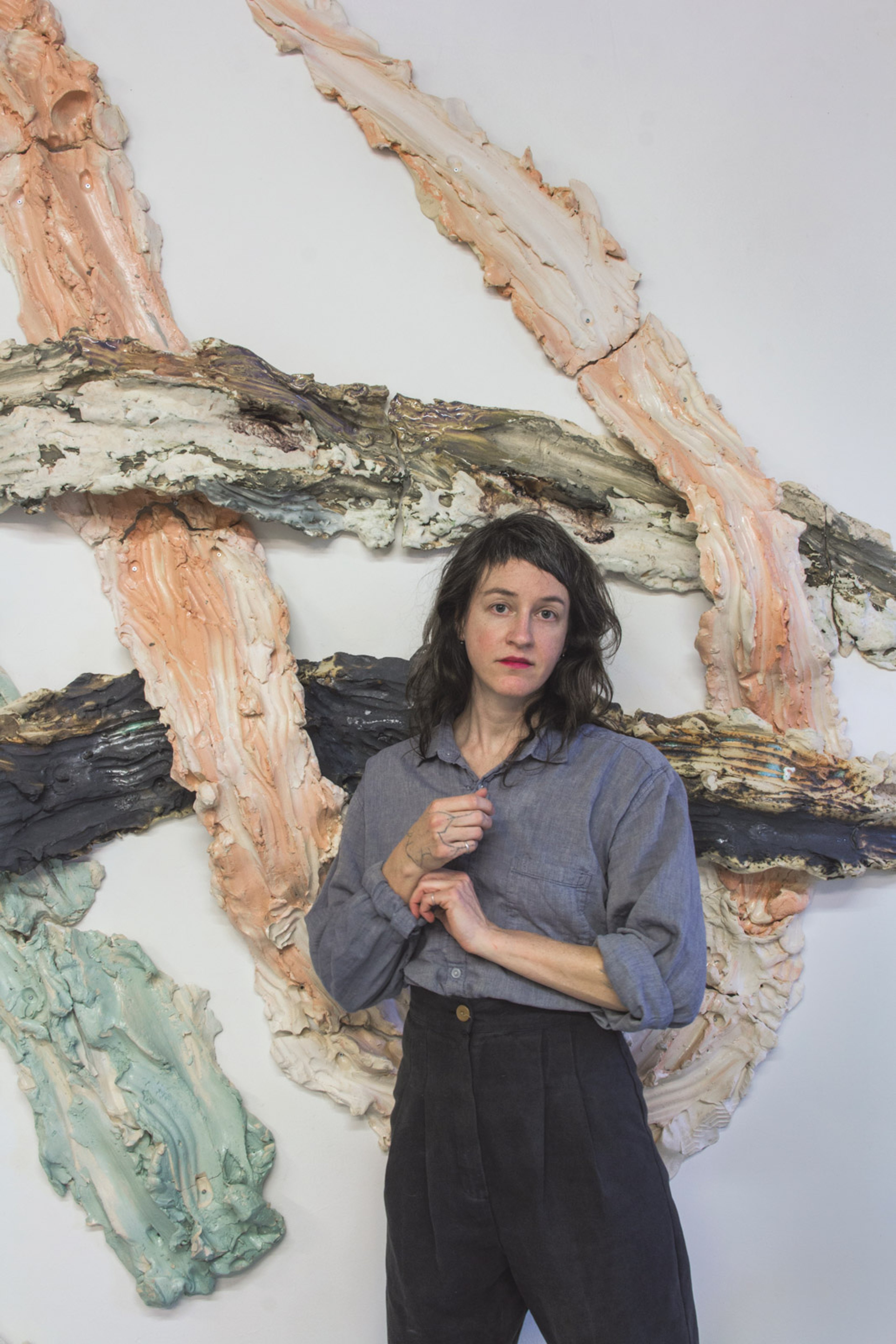
Brie Ruais (b. 1982), Albertz Benda, New York: Stoneware sculptures by the artist examine the body as a site for “personal, political and ecological struggle”, the gallery says. “With each series, Ruais examines a different aspect of how an individual with a distinct set of perspectives and qualities—female, queer, able-bodied, white—can express its presence within a space, and invites reflection on how one’s actions may leave extended traces over time.” Photo: courtesy of the artist and Albertz Benda
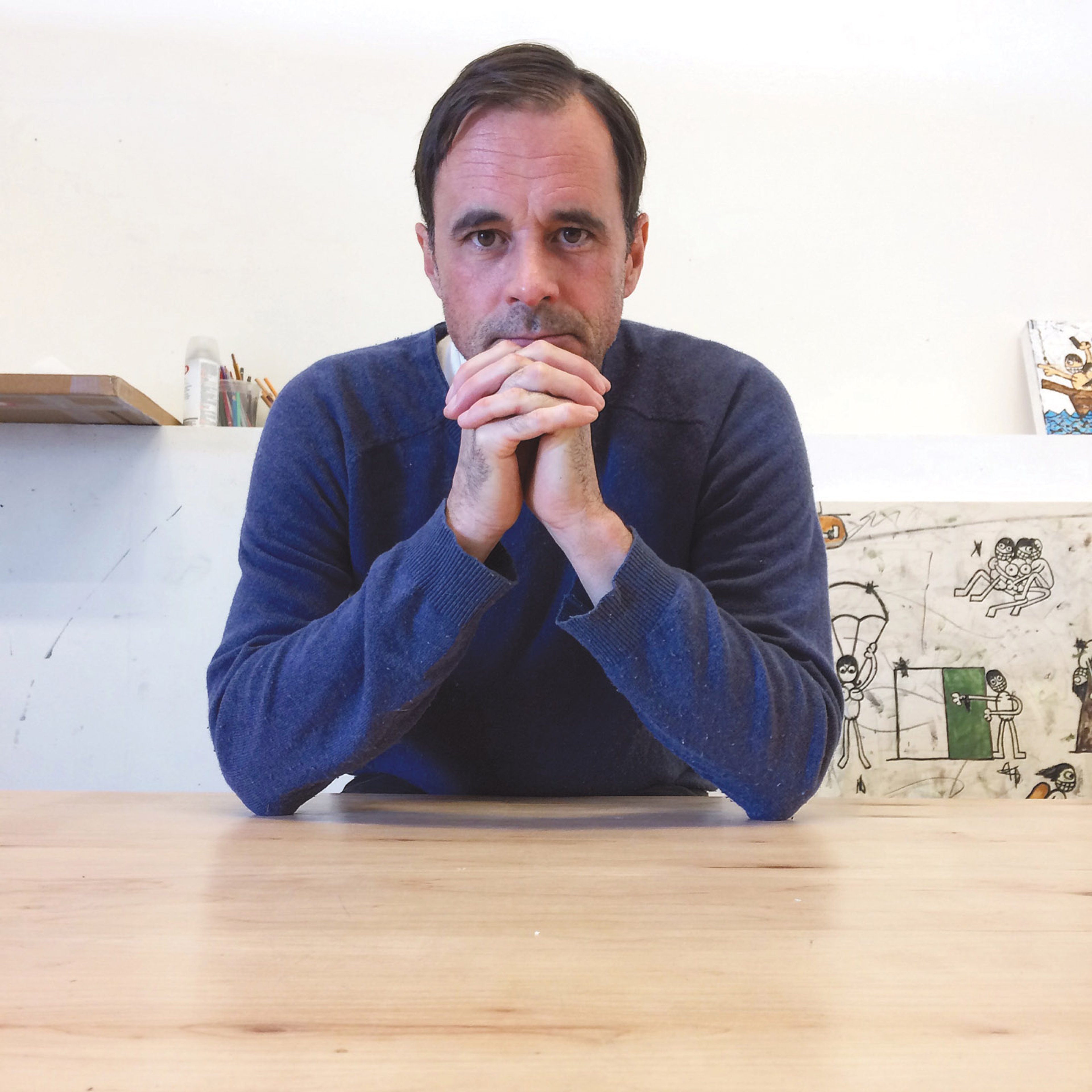
Jay Stuckey (b. 1968), Anat Ebgi, Los Angeles: Drawing is essential to Stuckey, whose work often features characters such as cheerleaders, anthropomorphised snakes and cacti-people that “yield a unique pictorial language of collective memories and private routines”, the gallery says. The painter’s “archetypes convey his ambitions and fears while elevating the universal and human”, while the dreamlike narrative of each canvas revels in the absurdity of the everyday. Photo: © Michael Underwood: courtesy of the artist and Anat Ebgi Gallery
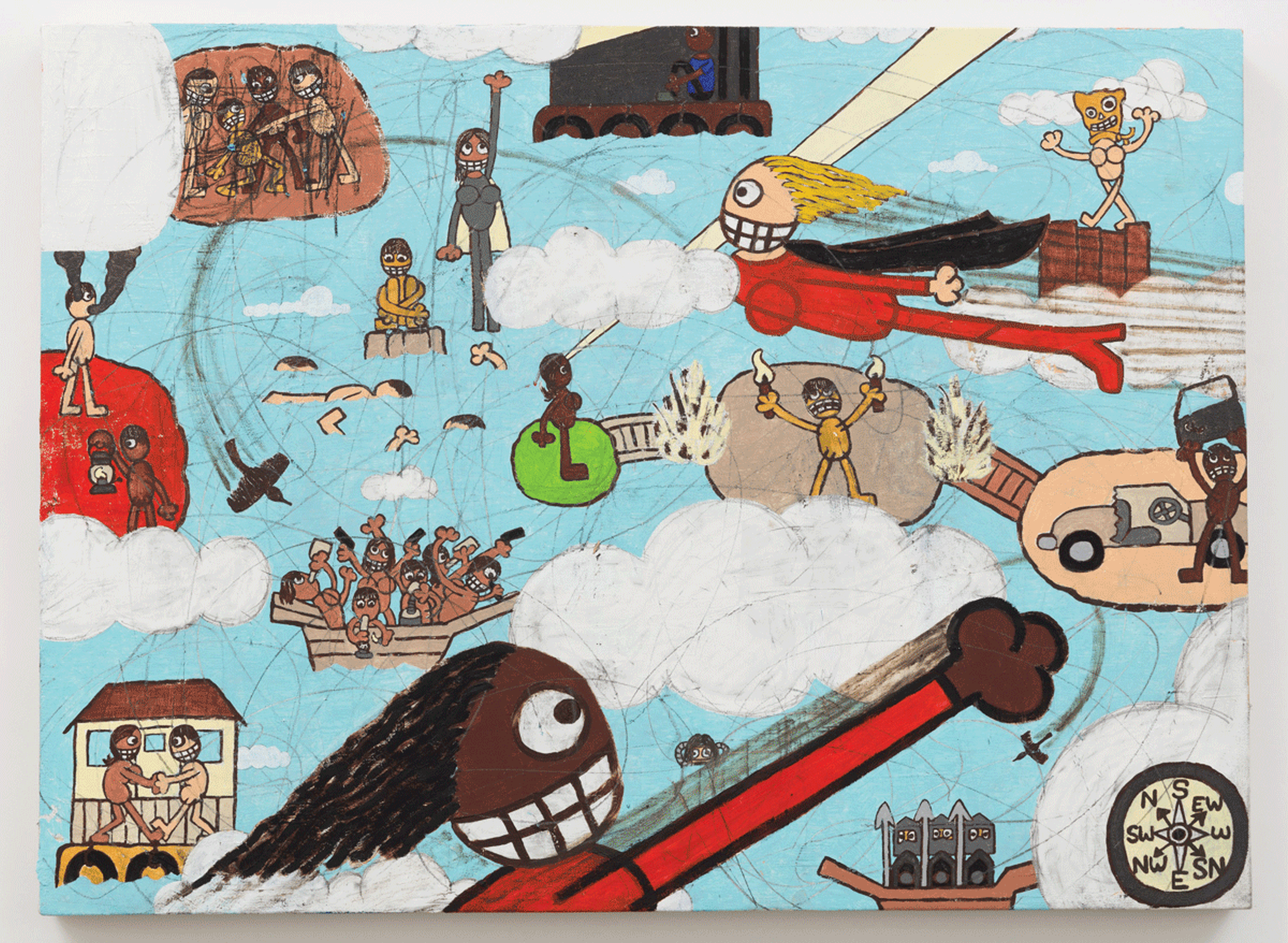
Jay Stuckey, “Map #2” Photo by Michael Underwood; courtesy of the artist and Anat Ebgi Gallery, Los Angeles
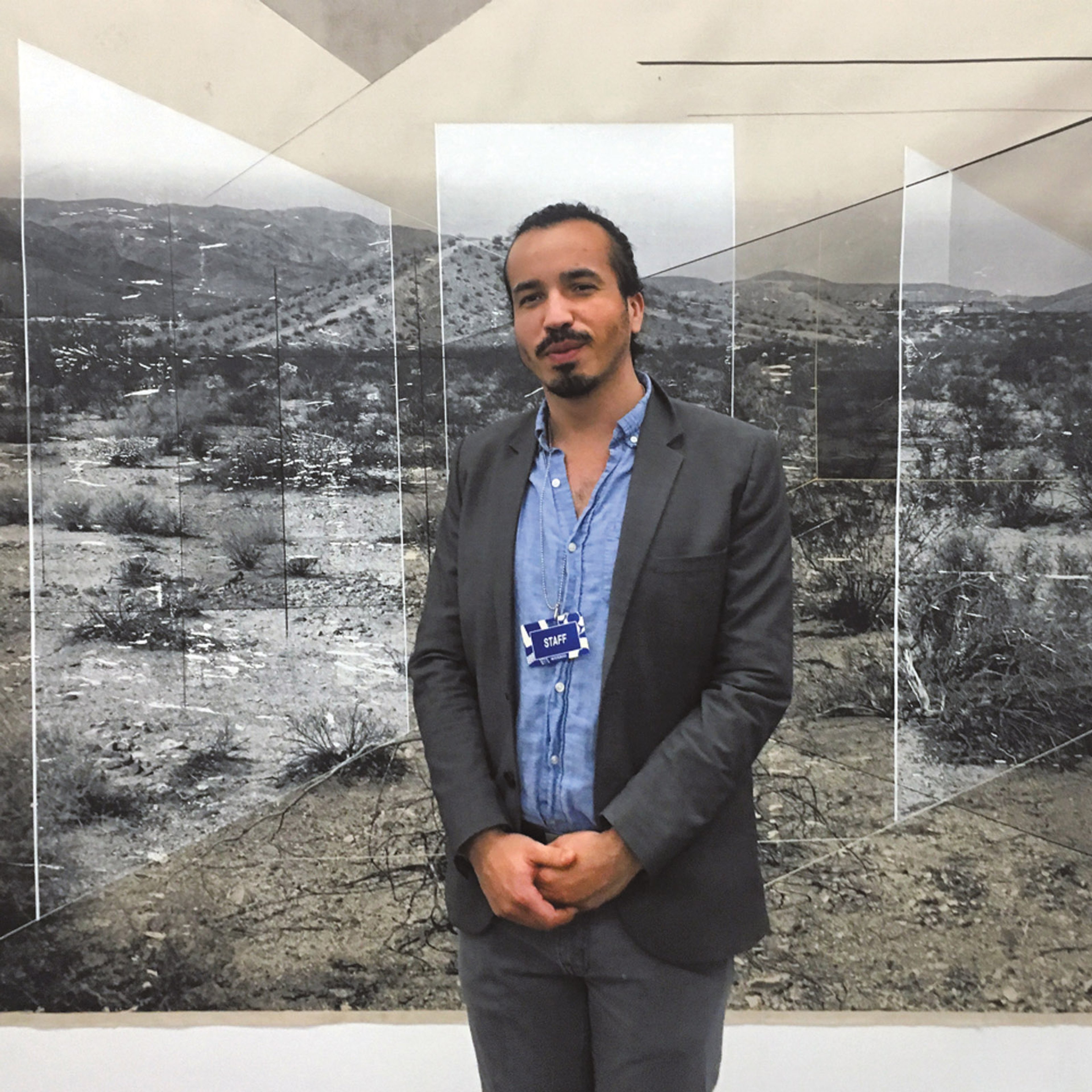
Rodrigo Valenzuela (b. 1982), Upfor Gallery, Portland: Upfor is showing works from the Santiago-born artist's black-and-white photography series, American-type (2018). It takes its name from a 1955 essay by the critic Clement Greenberg which proposes that post-war US painting was more about the act of painting than complex ideas around representation. It aims to reflect on “how much the absence of content has become the American gold”, the artist says. Photo: courtesy of Upfor Gallery
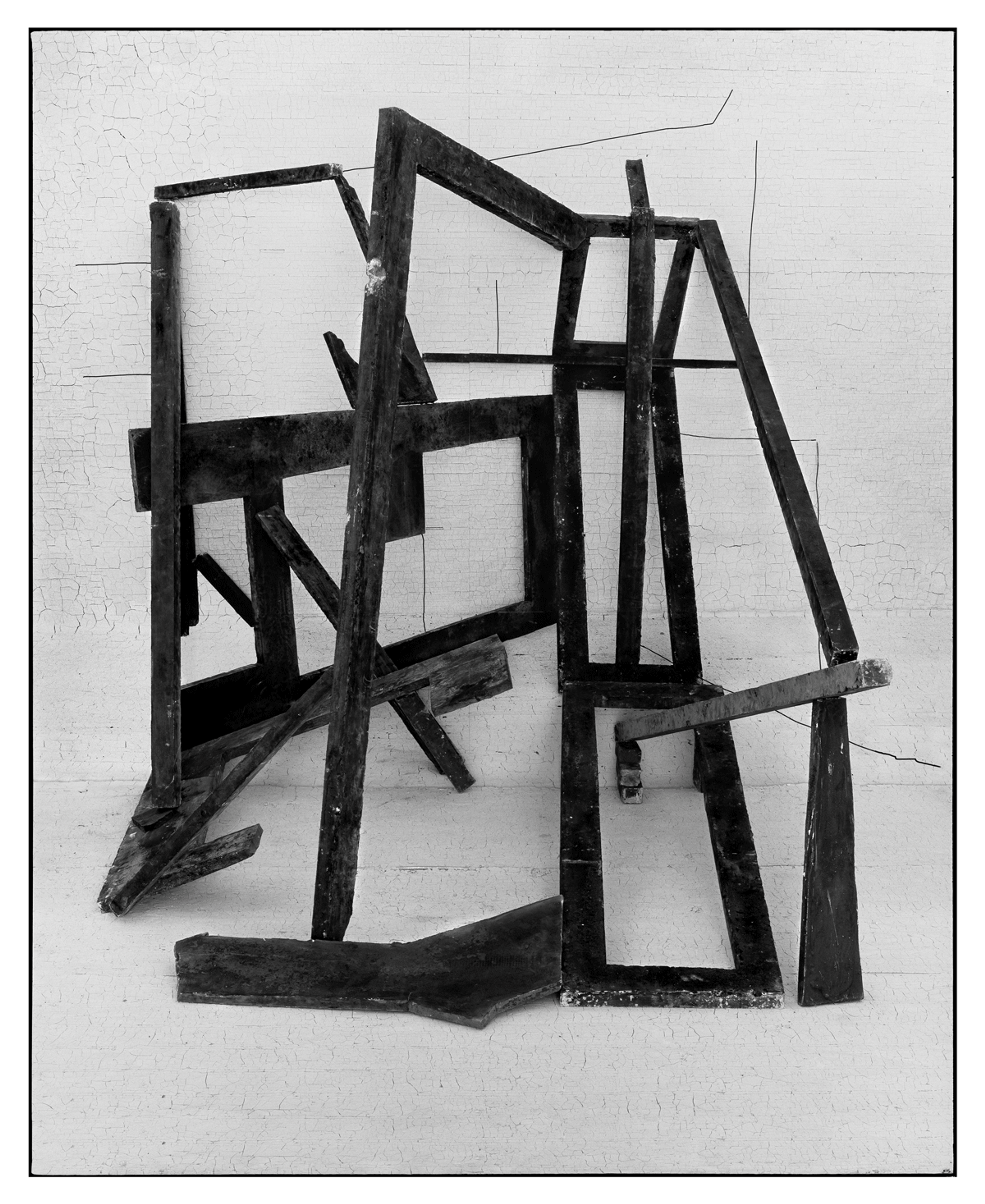
Rodrigo Valenzuela, American-type No. 5 (2018) Photo courtesy of Upfor Gallery, Portland, OR
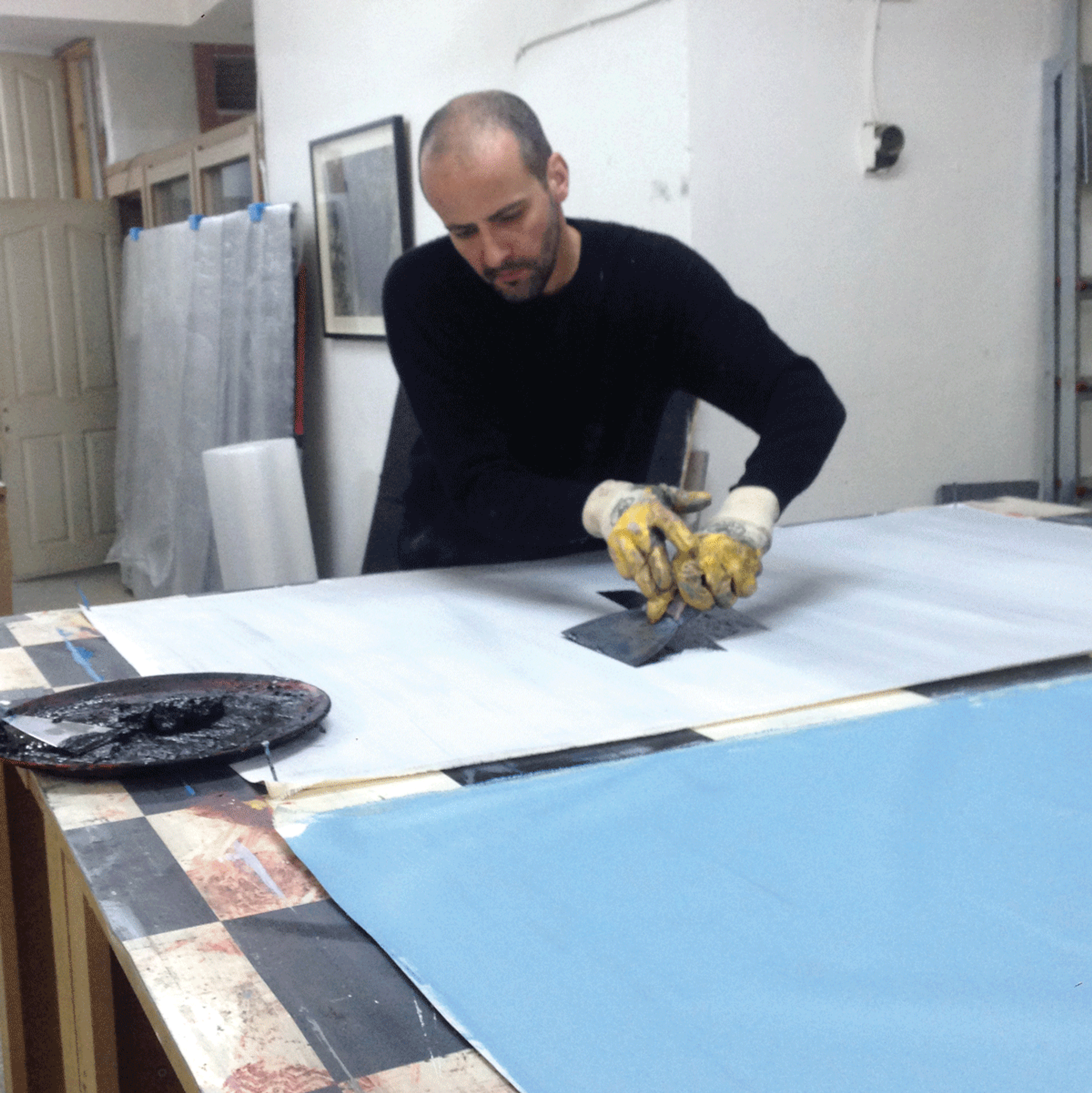
Sinan Logie (b. 1973) Öktem&Aykut, Istanbul: The Brussels-born artist merges his experiences as a painter, architect, sculptor and skateboarder to create abstract works that respond to urban spaces. Sinan Logie “developed his distinct style from skateboarding in the streets and observing the rapidly transforming landscapes of global capitals such as Istanbul, where he is based”, says Doğa Öktem, the director of Öktem&Aykut. “Logie’s practice converges the traditions of Suprematism, Constructivism and Abstract Expressionism.” The gallery is showing paintings on canvas and paper, concrete sculptures and drawings by the artist. Photo courtesy of Öktem&Aykut.
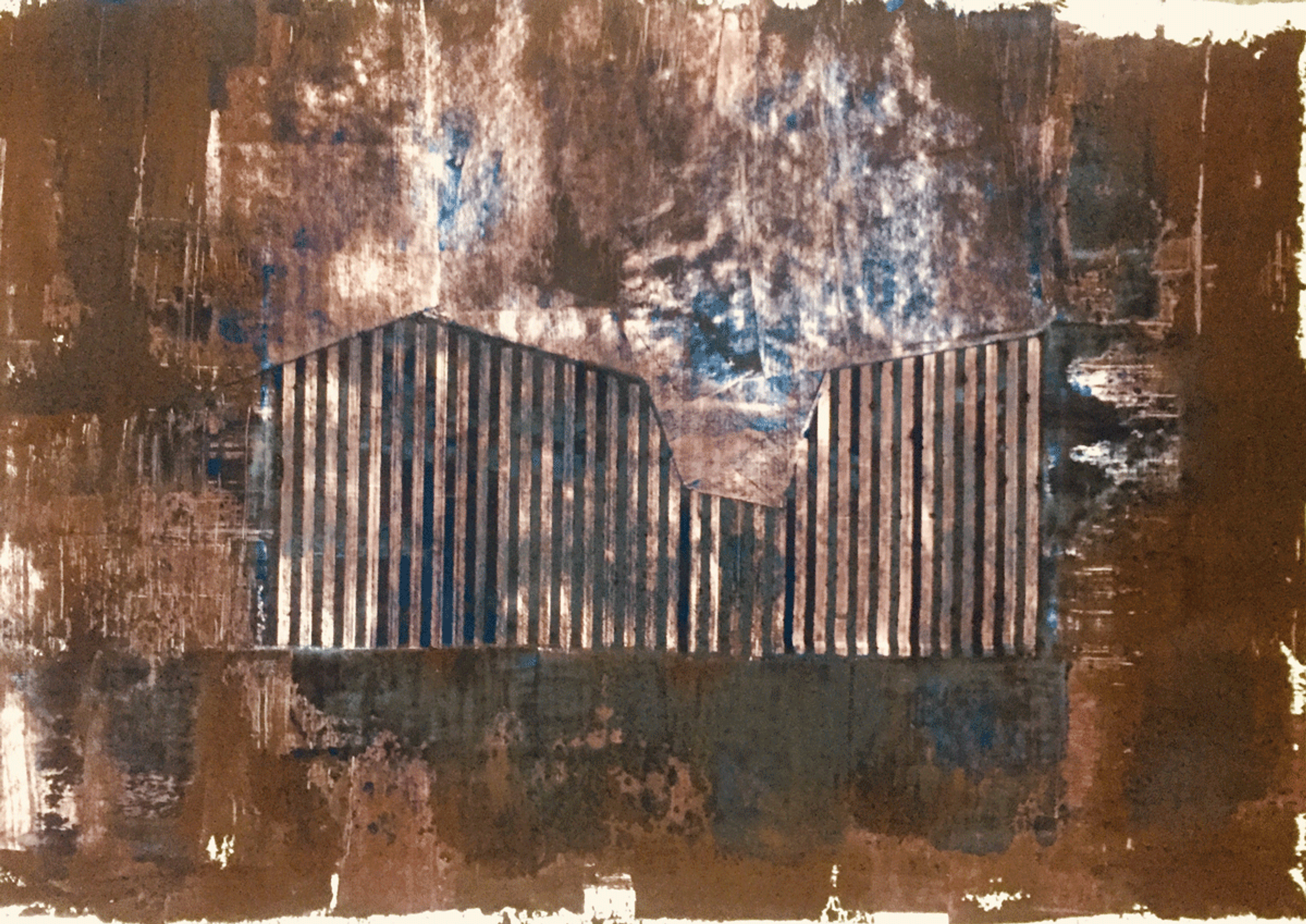
Sinan Logie, Fluid Structures (Phase 17) (2018) Photo courtesy of Öktem&Aykut
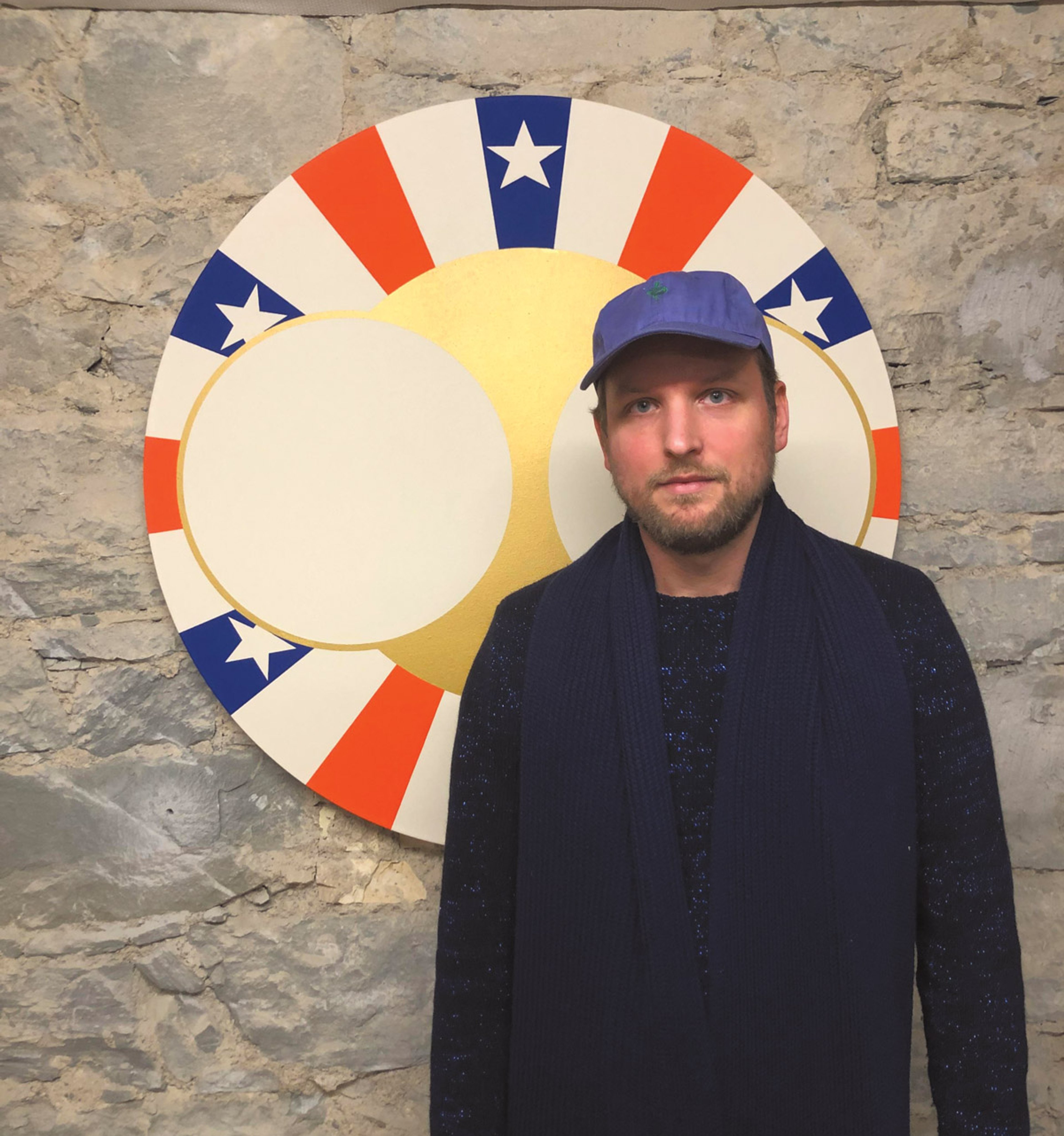
Mitchell Anderson (b. 1985), Galerie Maria Bernheim, Zurich: Harnessing inert objects and images, Anderson’s work “contemplates recent history and unfulfilled social projects”, the gallery says. The artist will show paintings from a series adapting turn-of-the-20th-century campaign button templates into hard-edge abstractions that “reflect classic visuals of an emptiness of political values and a certain consensus propaganda”, Anderson says. Anderson in front of Campaign Blank (2018): courtesy of Galerie Maria Bernheim
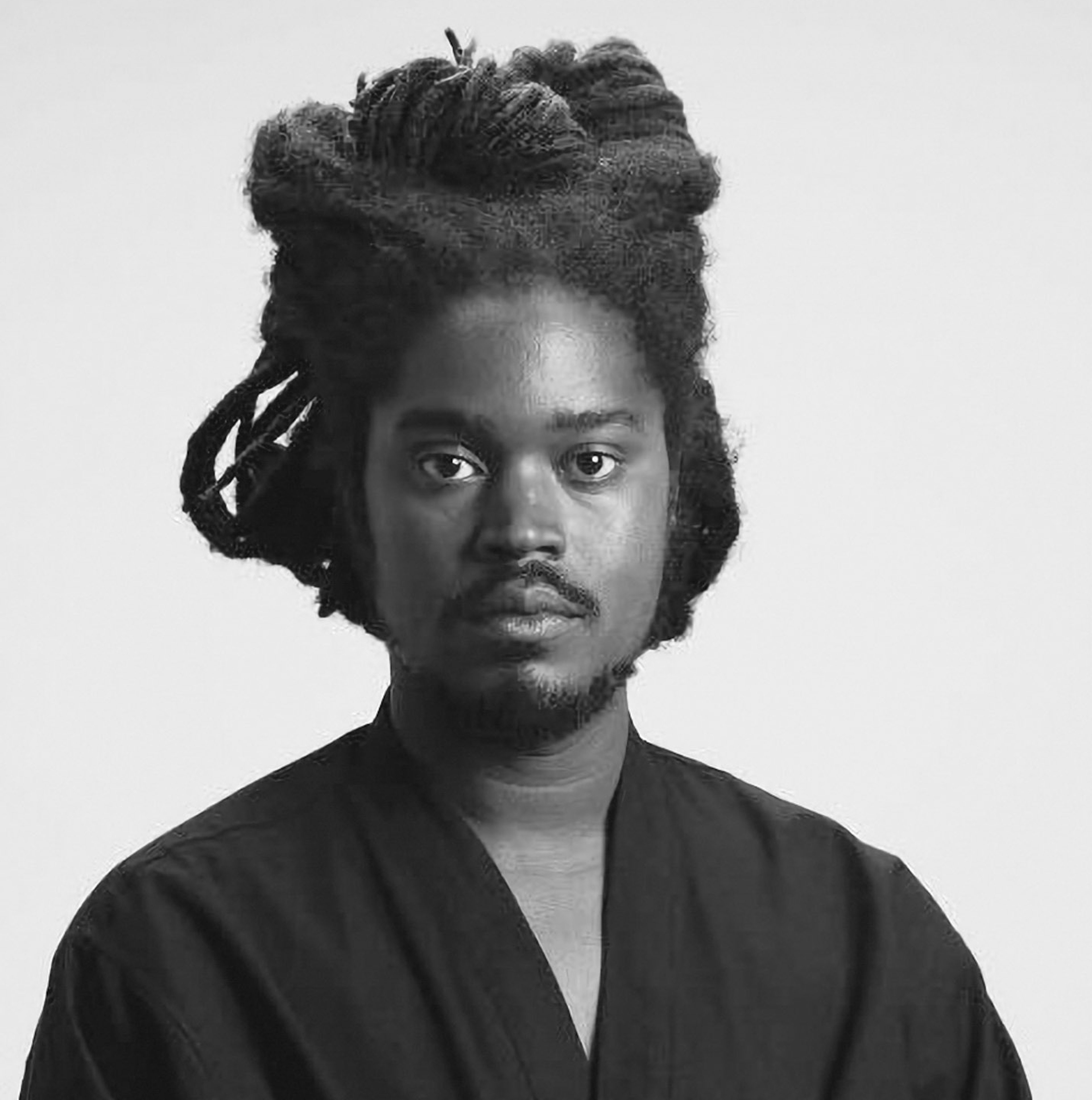
Julien Creuzet (b. 1986), Document, Chicago: The French-Caribbean artist lives and works in Paris, blending his visual art in “amalgams of sculpture, installation and textual intervention”, the gallery says. It adds that his work, inspired by the poetic and philosophical writings of Aimé Césaire and Édouard Glissant, often addresses his own experience with the Caribbean diaspora and the problematic history of Martinique with European modernity. The booth at The Armory Show will present wall works and sculptures, made over the past year from recycled and found materials such as seashells and clothing worn by sanitation workers. Photo: © Virginie Ribaut
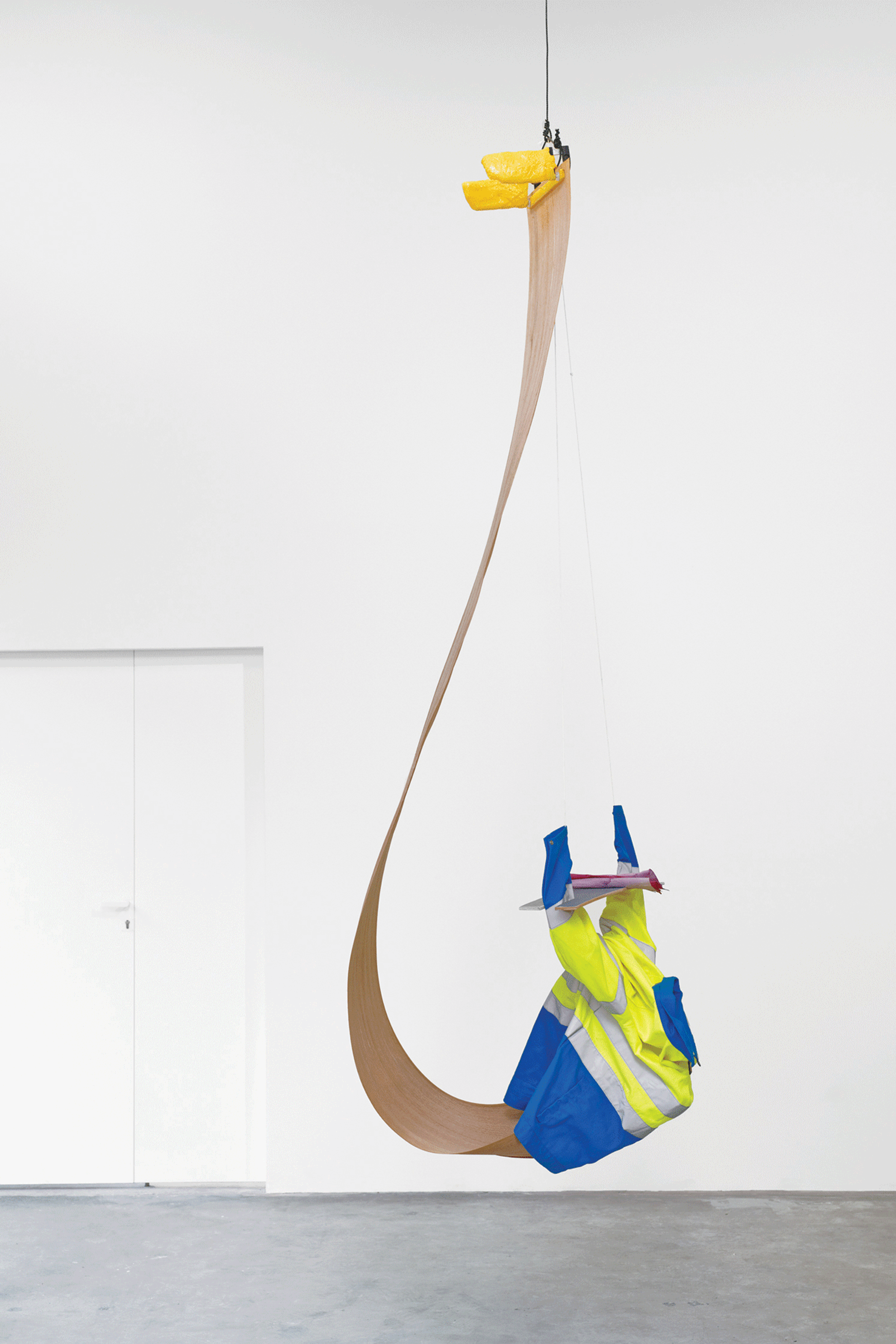
Julien Creuzet, Toute la distance de la mer, pour que les filaments à huile des mancenilliers nous arrêtent les battements de cœur. – La pluie a rendu cela possible (…) (2018) Photo: © Aurélien Mole 2017; courtesy of the artist and Document, Chicago
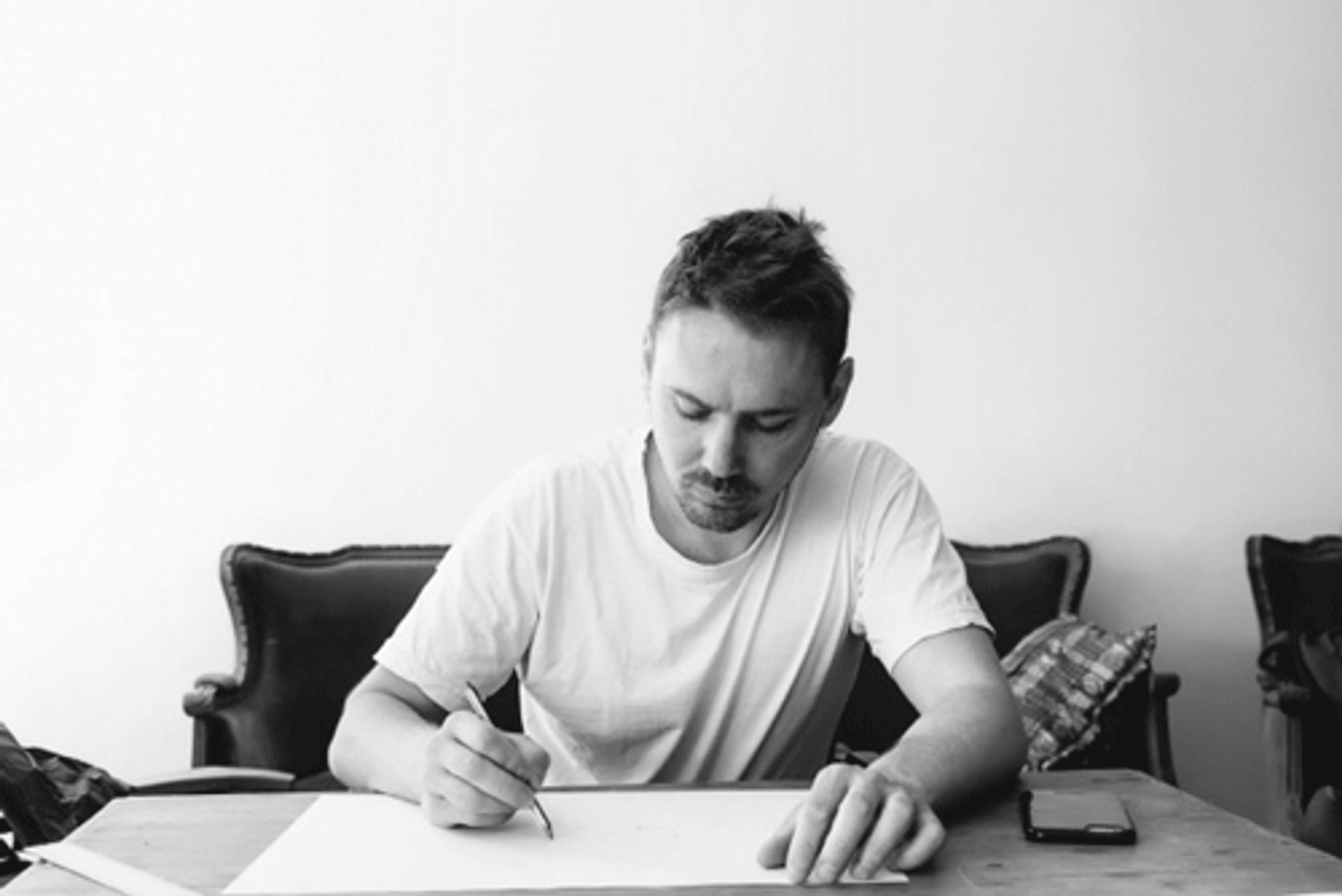
Eduardo Basualdo (b. 1977) PSM, Berlin: The Argentinian artist Eduardo Basualdo, whose work is heavily influenced by literature, theatre and philosophy, has created a large-scale installation resembling black meteorites titled Broad Light (2019). Fairgoers can walk inside the work, “an intimate space within the fair that acts as a shelter where visitors can disappear for a while”, says a gallery spokesman. “Stepping into this cavern, we can be out of the spotlight for a minute and take a rest from our own image.” Photo courtesy of PSM
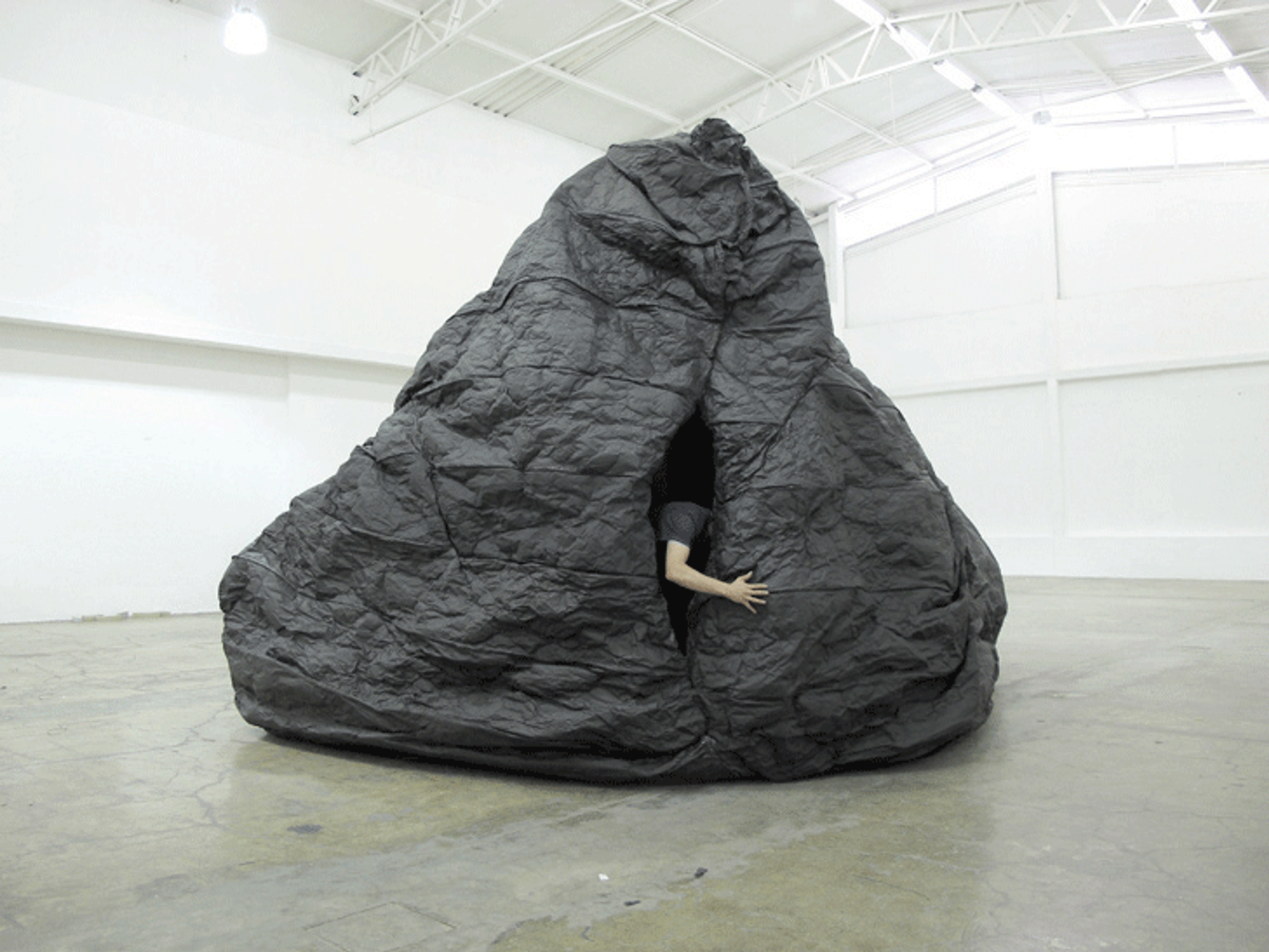
Eduardo Basualdo with Broad Light (2019) Photo courtesy of PSM
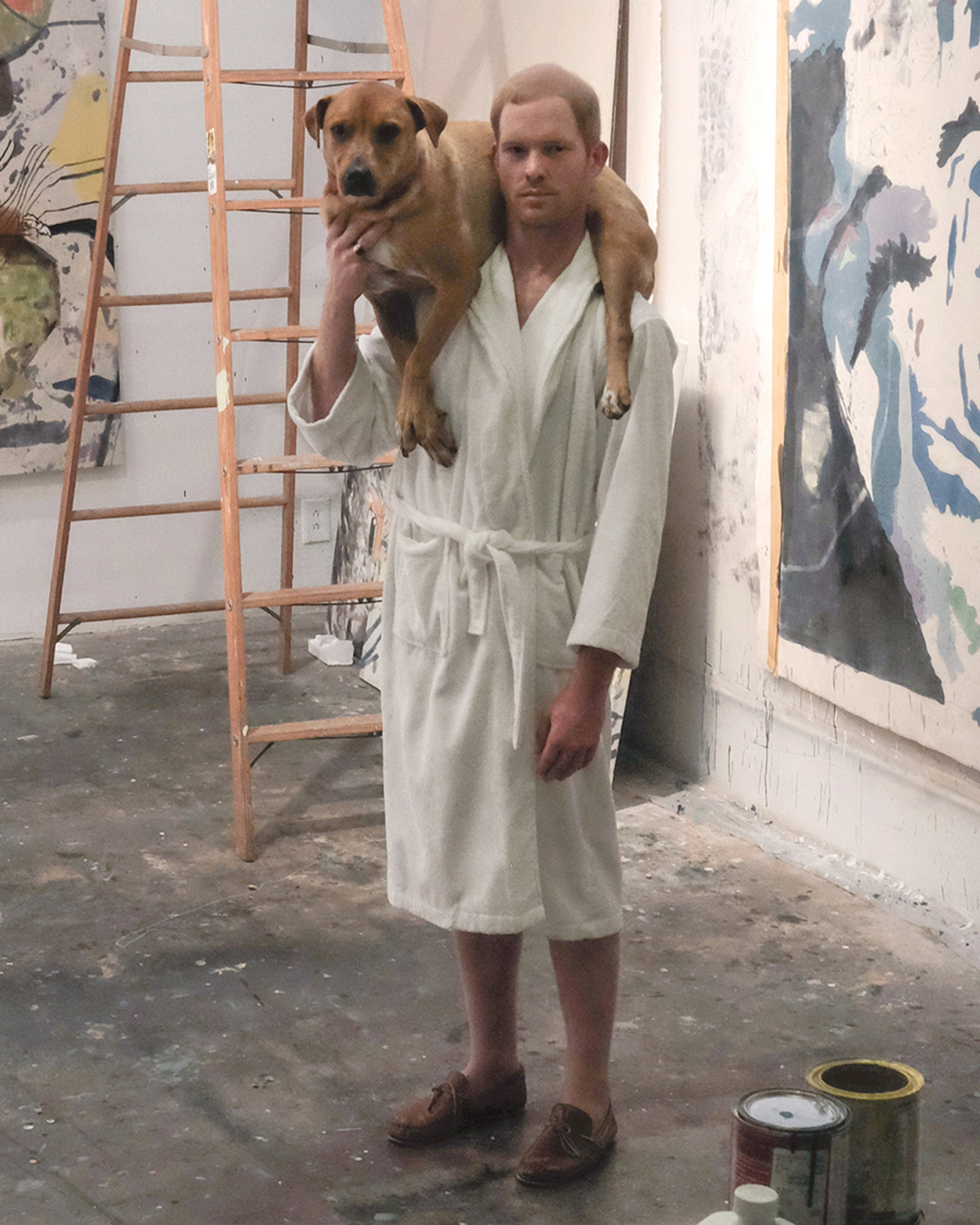
Chris Hood (b. 1984), Lyles & King, New York: “New and old forms are spliced, reinterpreted, internalised and regurgitated, reflecting on eternal themes at the dawn of a new millennium,” the artist says of his works. In these paintings, figurative forms turn abstract, like the outlines of arms in Monster (2019) that creep from a background of abstract colours. The gallery is exhibiting new large-format alkyd on canvas paintings at The Armory Show. Photo: courtesy of Chris Hood
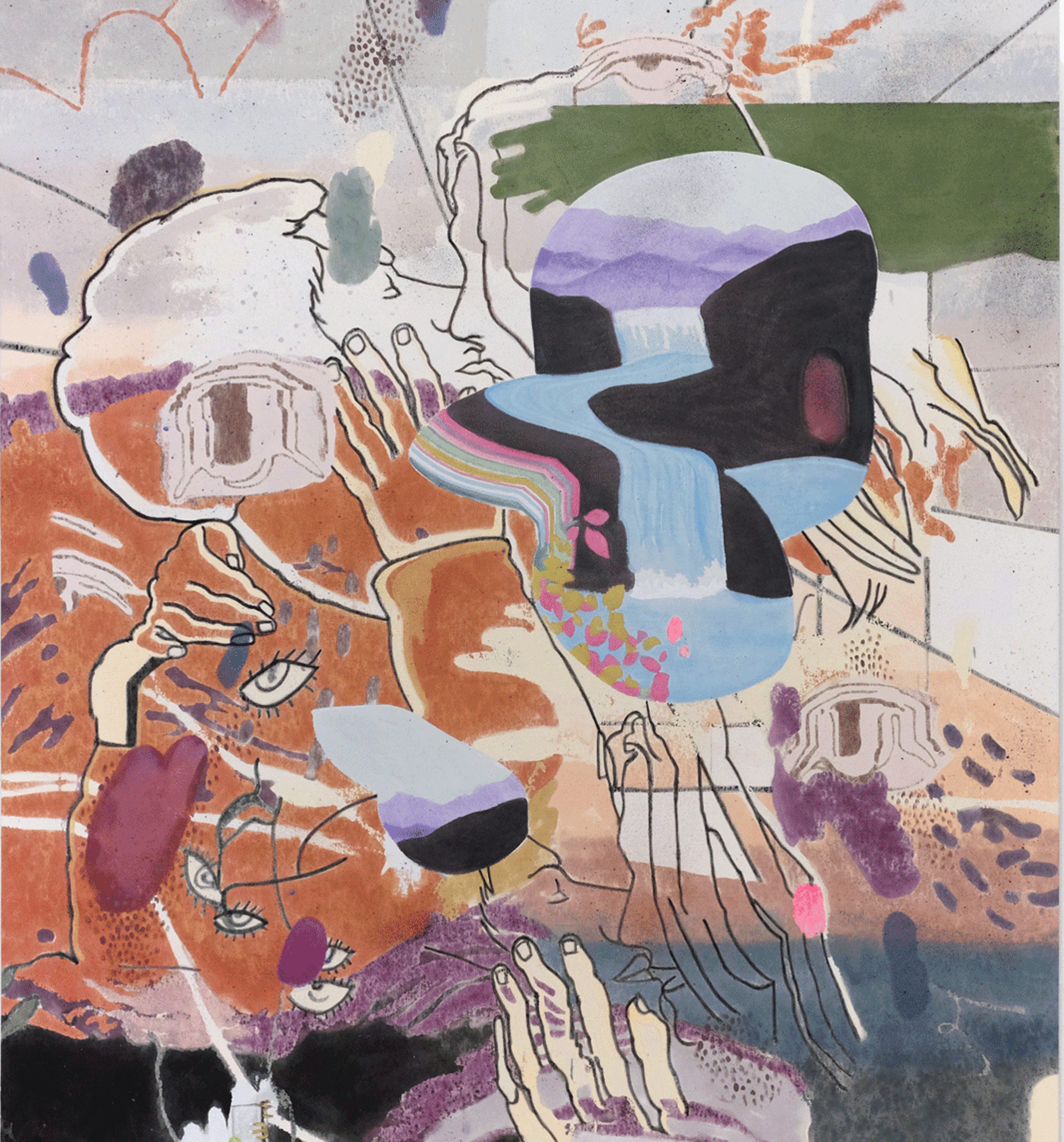
Chris Hood, Monster (2019) Courtesy of the artist and Lyles & King
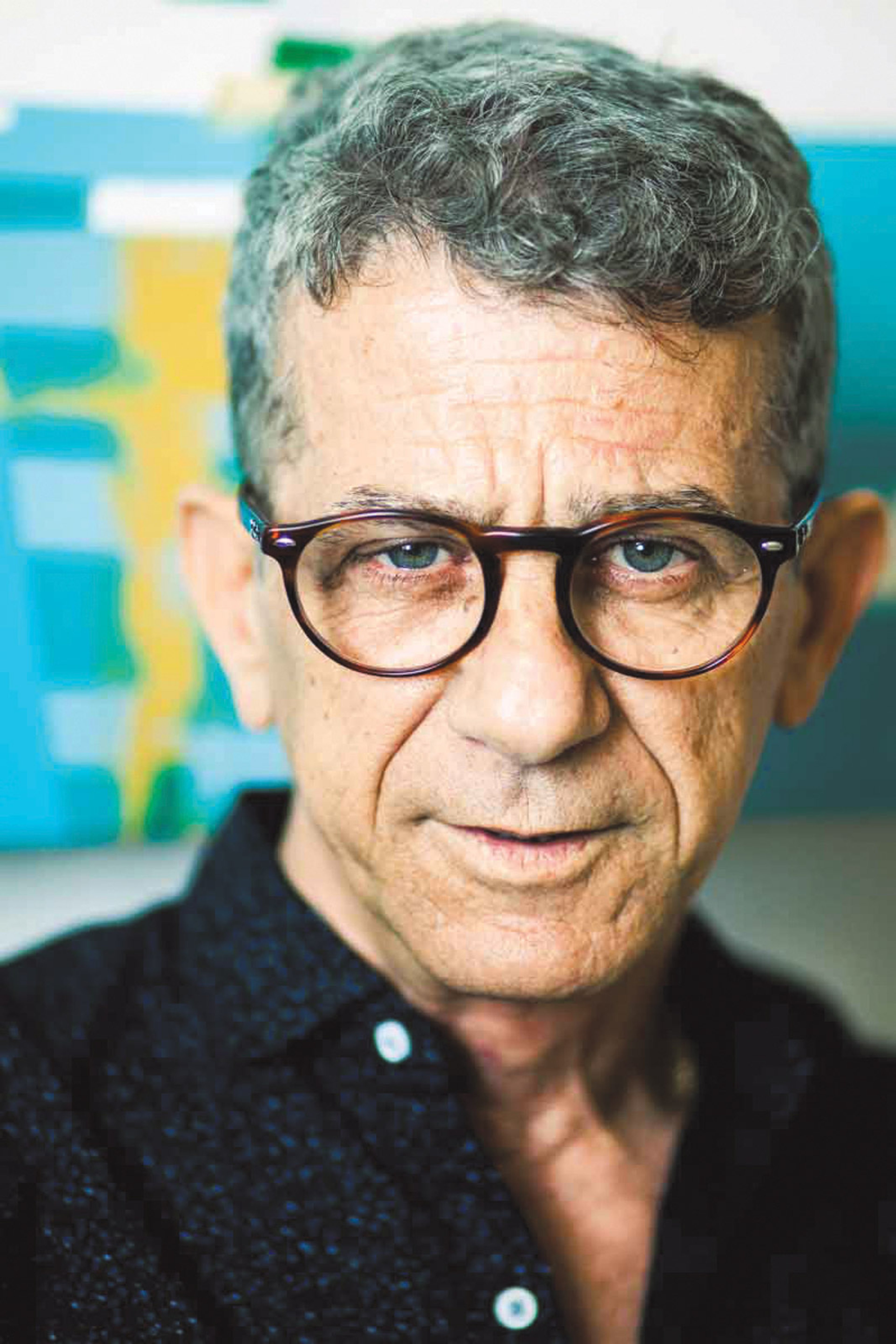
Eduardo Ponjuán (b. 1956), El Apartamento, Havana: Ponjuán’s work, which emerged during the 1980s, writes the national history of Cuba at the same time as the artist is writing his personal one, the gallery says. For The Armory Show, he is exhibiting works from his series Snow Country, which presents a utopian reality that may be the country of his childhood or the country of his dreams, and some pieces made of asphalt on plywood (“I would prefer not to” and “O rose, thou art sick!”) that position fragments of well-known poems against a rough and dark surface. Photo: courtesy of El Apartamento
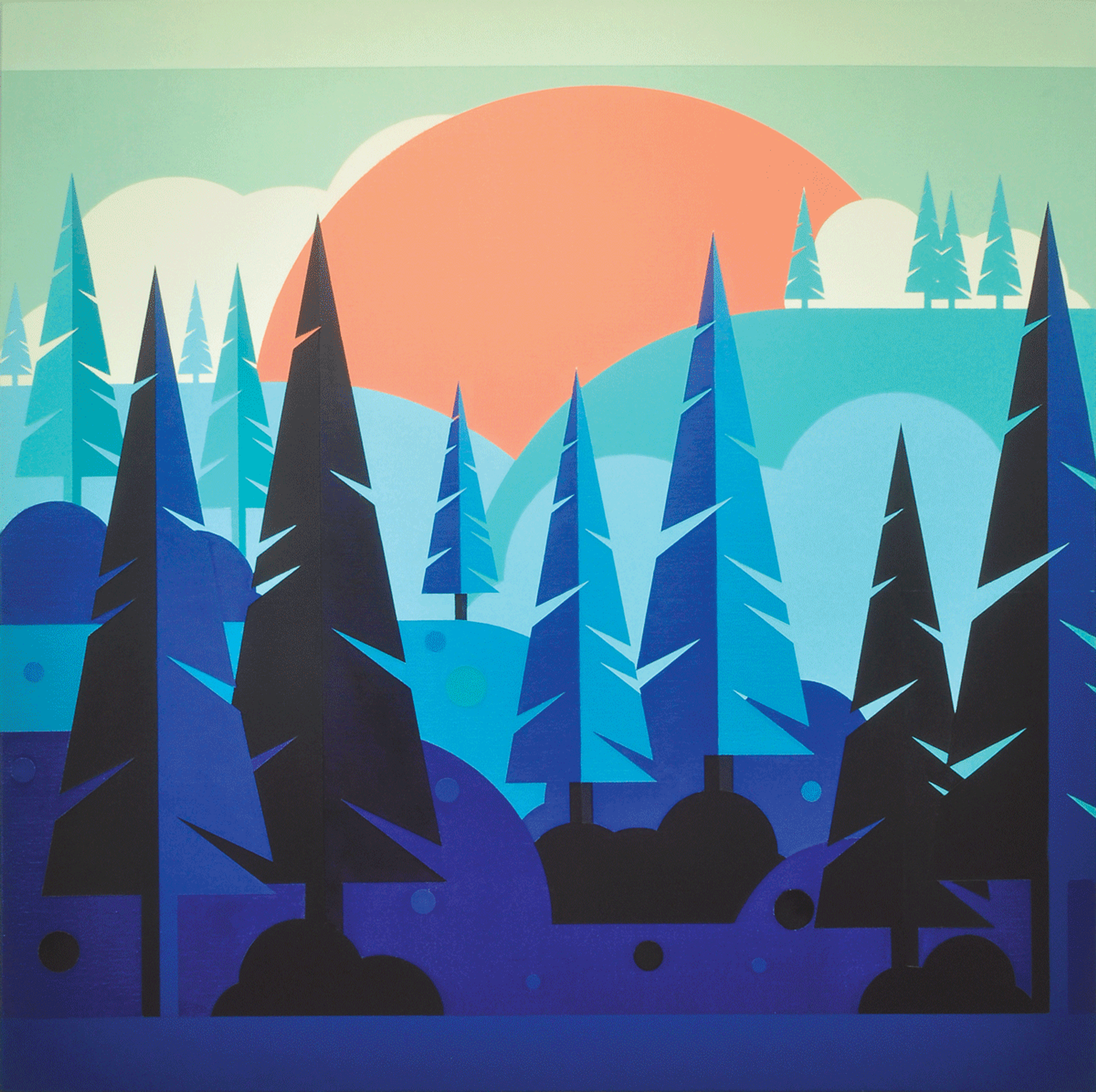
Eduardo Ponjuán's “Atardecer” (2018) from his series País de Nieve Courtesy of El Apartamento
Virginia Chihota (b. 1983), Tiwani Contemporary, London: Chihota calls her practice a “reflection on self-discovery in constantly changing circumstances”. The Zimbabwe-born artist, now based in Montenegro, has also lived in Libya, Tunisia and Austria. Chihota’s very personal works, which often use folkloric and religious symbolism, explore black female subjectivity and deal with themes such as grief, child-bearing and faith. In the series of large monoprints she is showing at the fair, Kumira Mutariro (Waiting in Faith), female bodies are semi-abstracted in colourful patterns and forms, some becoming womb-like. Photo: courtesy of Tiwani Contemporary
Thirteen artists not to miss at The Armory Show
In the fair’s Presents section, galleries founded no more than ten years ago exhibit artists solo or in pairs. Here are some faces to look out for
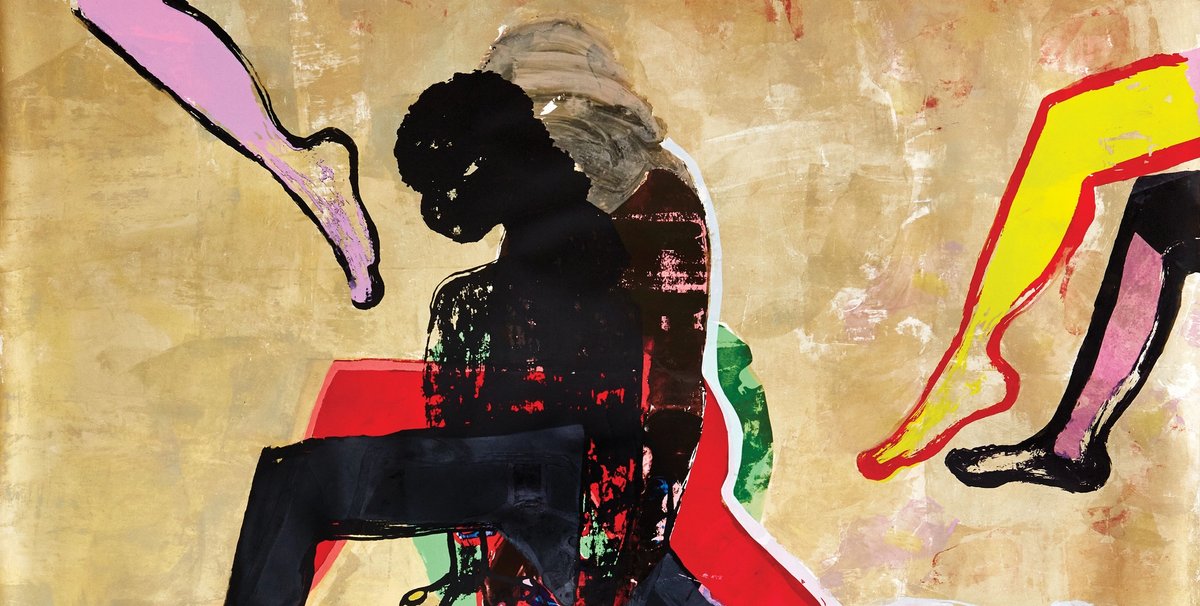
Virginia Chihota's Kumira Mutariro (Waiting in Faith) 2017 Virginia Chihota's Kumira Mutariro (Waiting in Faith) (2017) Courtesy of Tiwani Contemporary


